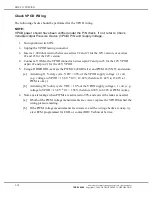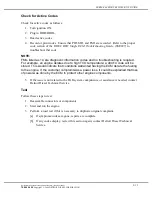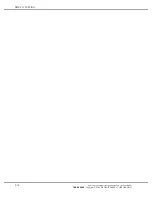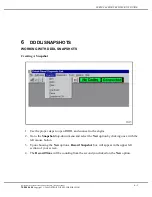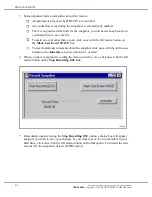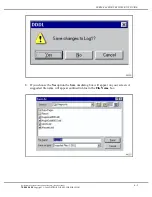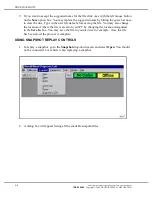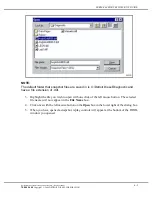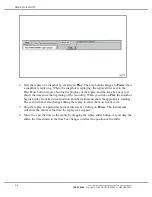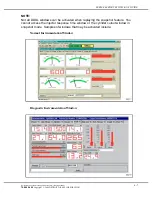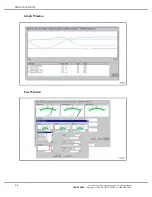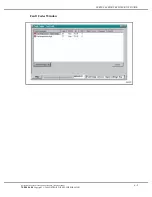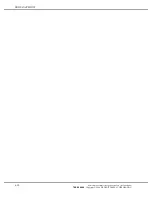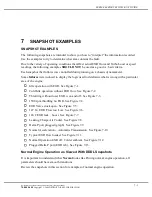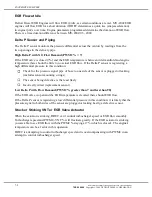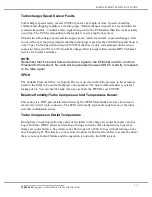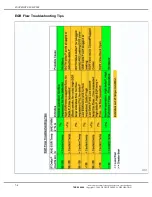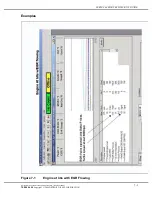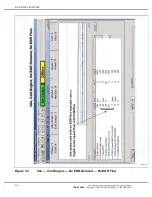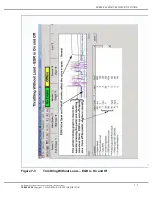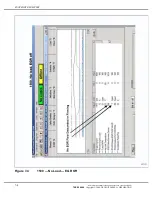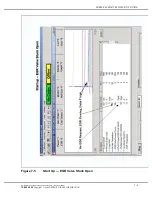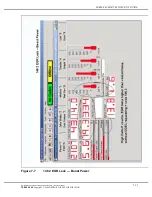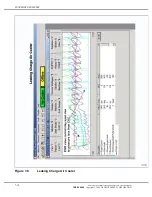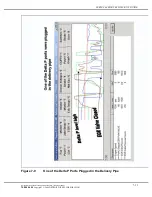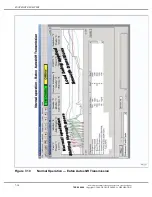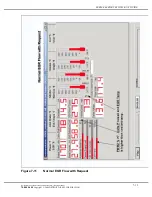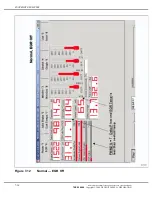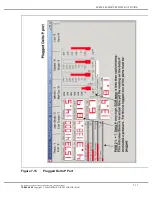
SNAPSHOT EXAMPLES
EGR Flow at Idle
Detroit Diesel EGR Engines will flow EGR @ idle, as certain conditions are met. MY-2002 EGR
engines will flow EGR for a short duration if DDEC determines a quick rise (snap-acceleration)
in engine rpm’s over time. Engine parameters programmed determine the duration of EGR flow.
There is a time duration difference between MY-2002/03 - 2004.
Delta P Sensor and Piping
The Delta P sensor monitors the pressure differential across the venturi by readings from the
two openings in the delivery pipe.
High Delta P with NO Flow Demand (PWM2 % = 7)
If the EGR valve is closed (7%) and the EGR temperature is between inlet manifold and engine
temperature there should be little to no actual EGR flow. If the Delta P sensor is registering a
high differential pressure in this condition:
Check for the pressure signal pipe of hose to one side of the sensor is plugged or leaking
(includes sensor mounting o rings).
The sensor being defective is the least likely.
Incorrectly wired (replacement sensor).
Low Delta P with Flow Demand (PWM2 % greater than 7 and less than 90)
If the EGR valve is open and the EGR temperature is elevated there should EGR flow.
If the Delta P sensor is registering a low differential pressure in this condition: it is likely that the
pressure signal to both sides of the sensor are plugged or leaking Lastly, a defective sensor.
Stuck or Sticking VNT or EGR Valve Actuator
When the actuator is sticking, DDEC can’t control turbocharger speed or EGR flow smoothly.
Turbocharger speed and PWM 4- VNT % will fluctuate greatly. If the EGR actuator is sticking
you are able to see EGR flow with the PWM2 % staying at 7% (which is closed). The engine's
temperature can be a factor in this operation.
DDEC is attempting to control turbocharger speed and is overcompensating with PWM4 in an
attempt to control turbocharger speed.
7-2
All information subject to change without notice.
(Rev. April 2004)
7SE60 0404
Copyright © 2004 DETROIT DIESEL CORPORATION

